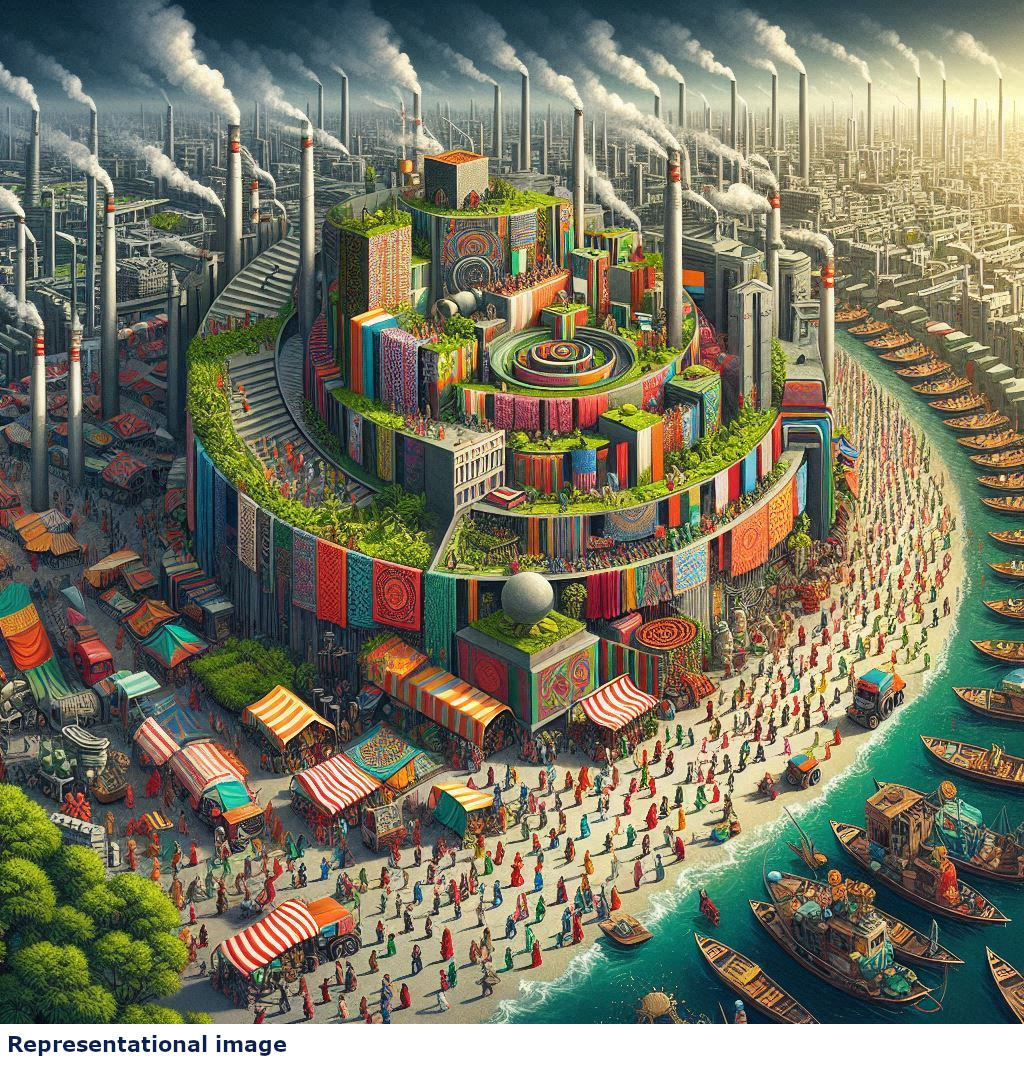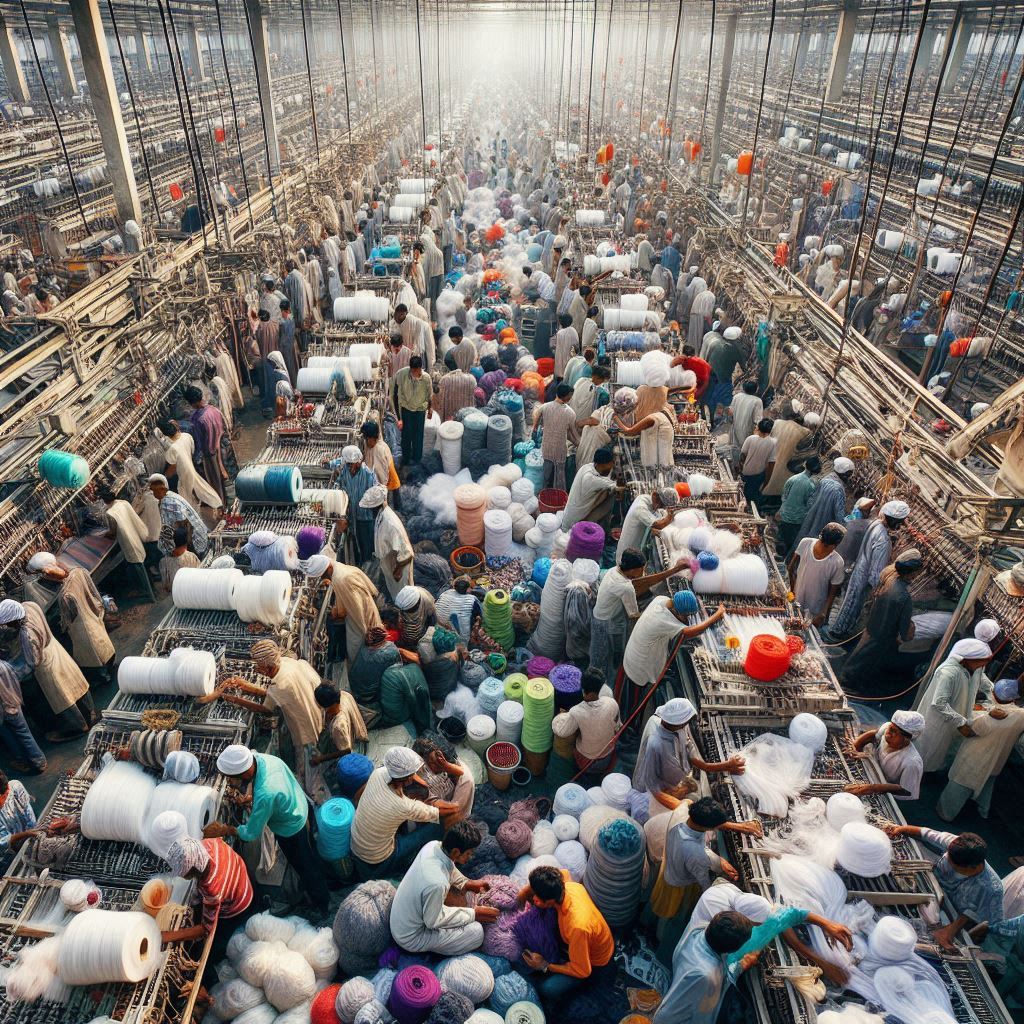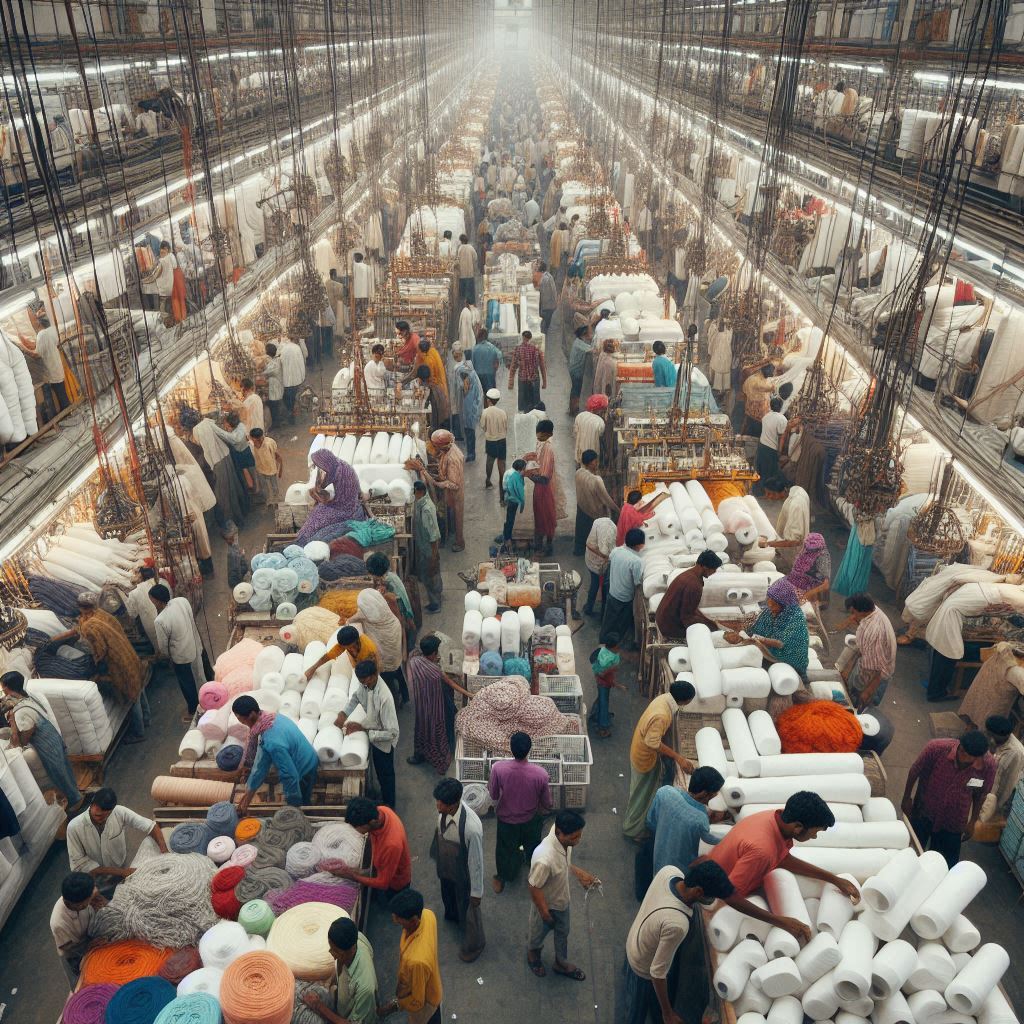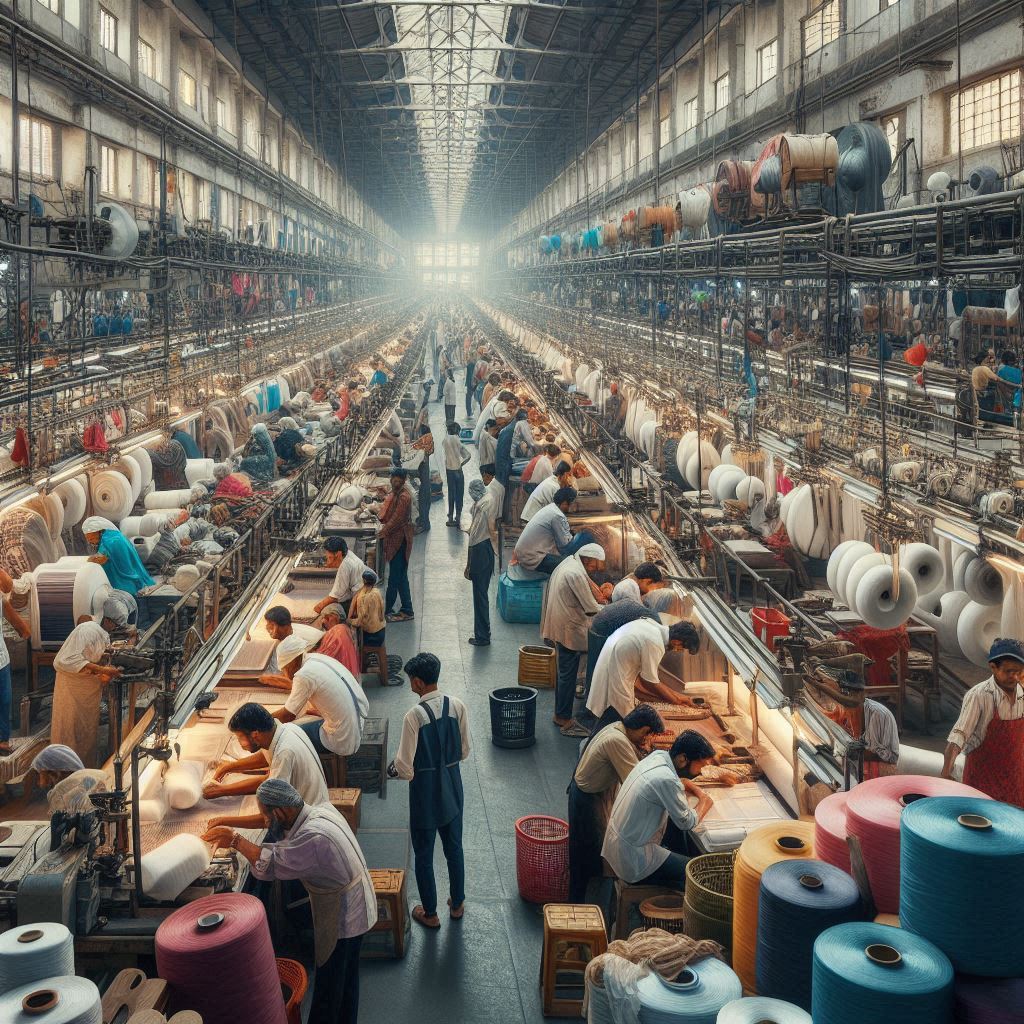
Category: General
Country: India
Region: Asia Pacific
By Navhind Times -2024-10-1401
DM Deshpande
It is well known that India’s eastern neighbor Bangladesh has made it big on the world stage in the textile sector, more specifically in readymade garments. Also widely known is the fact of the type of political turmoil and disruptions in economic activity that Bangladesh is facing in recent months.
As a result, there is some debate in the media as to whether India could wrest some competitive advantage from the neighbouring nation in leading western global markets. To assume that Indian exports in this sector will rise exponentially due to the Bangladesh factor is being naive.
There are various complexities involved in modern production and international trade. In addition, India has a strong connect with Bangladesh; it is a major supplier of fabric accounting for 20- 25 per cent of yarn imported by Bangladesh. Plus, several Indian firms have invested and set up shops there to take advantage of the Least Developed Country (LDC) ) tag of Bangladesh.
Indian companies such as Shahi Exports, Pearl Fashions and Gokaldas Images own 25 per cent of the manufacturing units in Bangladesh. With the nation facing the worst political crisis since Independence 53 years ago, the economy is plagued by disruptions and uncertainty. Shares of Indian firms too are impacted and their market values are down by six per cent.

The spotlight has been more on sunrise industries such as IT especially on advanced technologies such as AI in India and abroad. Hence, a shift in the narrative to basic and traditional industry sectors like textiles and apparels is welcome for various reasons.
It has been India’s strength since independence and still the fourth largest exporter and second largest producer of cotton, jute and silk. The Small and Medium Enterprises (SMEs) dominate the sector and provide employment to large numbers of persons directly and indirectly. It is already the second largest employer, employing 45 million directly. The sector is relatively immune to ups and downs such as recessions and downturns as it provides basic clothing to all.

According to a new roadmap set up by the Indian government, the texture industry will expand by 10 per cent CGAR to $190 billion by 2025 and further to $350 billion by 2030 envisaging a total investment of Rs 70,000 crore in a five years span. It is indeed a stiff target, but yet eminently achievable if concerted and coordinated efforts are made. The global apparel market is expected to reach a level of $1.79 trillion by this year itself. It would be 1.63 per cent of world’s GDP. India is currently a major player contributing 4-5 per cent of the apparel market.
In FY23 Bangladesh exported textiles worth $47 billion making it the second largest exporter in the world. Small scale units dominate the production and export scene and the nation has the advantage of nearby modern ports for bulk exports. The success of textiles and garments in Bangladesh is owing to the small-scale nature of firms that have effectively kept out the unions and therefore production disruptions.
It also had the advantage of a late start in terms of the latest machines and technology. In contrast, India was saddled with age-old machinery most of which was brought during the British regime. During the 1980s militancy in the trade union movement was mainly responsible for the downfall of the textile industry in India.
Experts are of the opinion that disruption in supply chain logistics will be of a temporary nature for India. Bangladesh is hugely dependent on the textile industry contributing 85% to all exports. On a monthly basis, it exports FMG and fabrics worth $3.5 to $3.8 billion.

On the other hand, India’s exports ranges between $1.3 to $1.5 billion per month. Even if India manages to grab 10 to 12% from Bangladesh, it will add $300 to $400 million business per month. But it is not easy; Bangladesh has established a network of buyers in western markets. It enjoys huge tariff concessions in the EU due to its classification as LDC. The benefit will continue till 2029.
India too has a few advantages. The Make in India scheme is giving good results in certain sectors, which can be extended to textiles. There is a rich tradition and skilled workforce in India. It dominates the world in hand woven fabrics. The U.S China +1 strategy has worked in favour of India, Vietnam and Bangladesh.
India is certain to take up this issue in its ongoing negotiations for a free trade agreement with the EU and the U.K. India will highlight the textile sector as highly labour intensive and that the final draft ought to reflect this reality.
Quality standards need to improve if we are keen on enhancing our role in western markets. Governments need to install mechanisms for stringent quality checks near all textile hubs and export centres. Further tax and GST concessions may be considered in view of employment potential of the sector. It is in the interest of the Indian economy and all the stakeholders that labour standards be raised.
Employing child labour should be prevented at the ground level. Wage discrimination based on sex should also be done away with expeditiously. It is important to align with the UN’s SDG’s comprehensively. It takes years to build capacity, create a global network of exporters, transporters and buyers. Internally dumping of garments by China is posing a formidable challenge despite a high tariff wall of 24%. The government has to take up the matter at appropriate forums to resolve the same.
In the new scenario, there is an opportunity for Indian textile sector but it takes some efforts and time to achieve the goal.
The author has four decades of experience in higher education teaching and research. He is the former first vice-chancellor of ISBM University, Chhattisgarh.
Courtesy: Navhindtimes.in Photoes: All pictures are representational images from GTS.
Copyrights © 2026 GLOBAL TEXTILE SOURCE. All rights reserved.